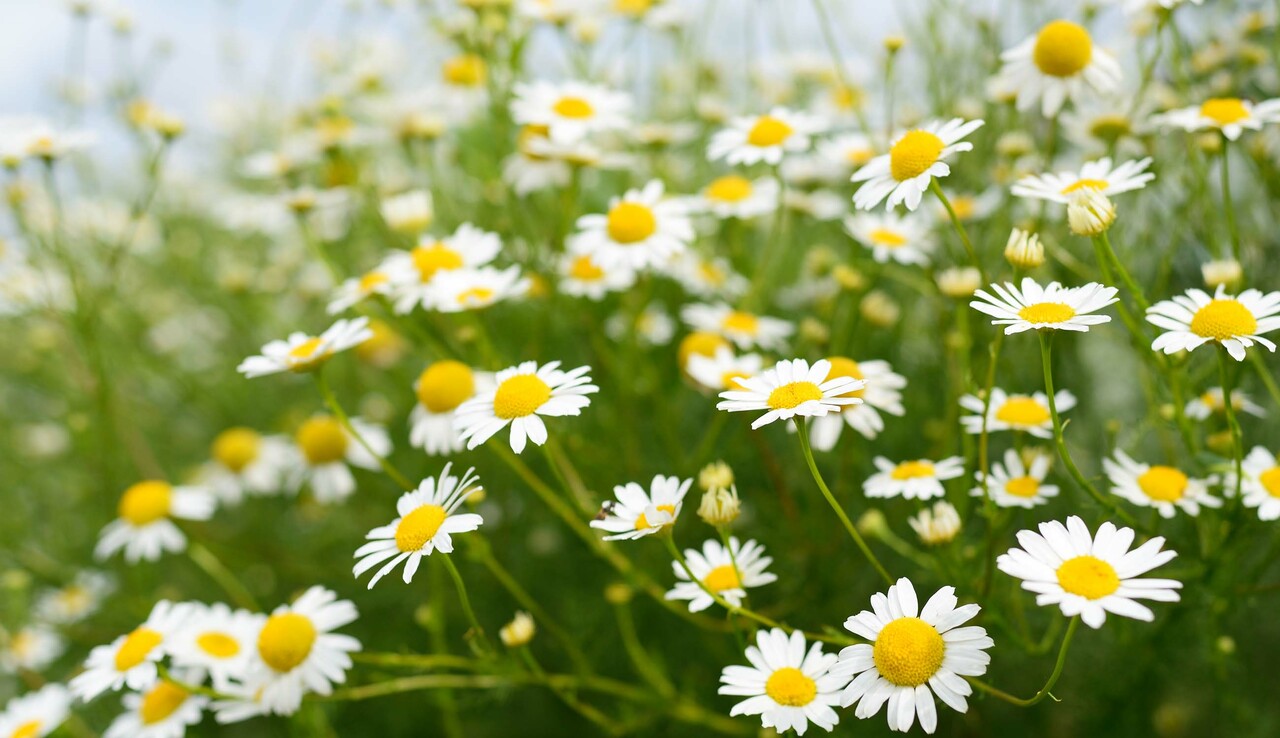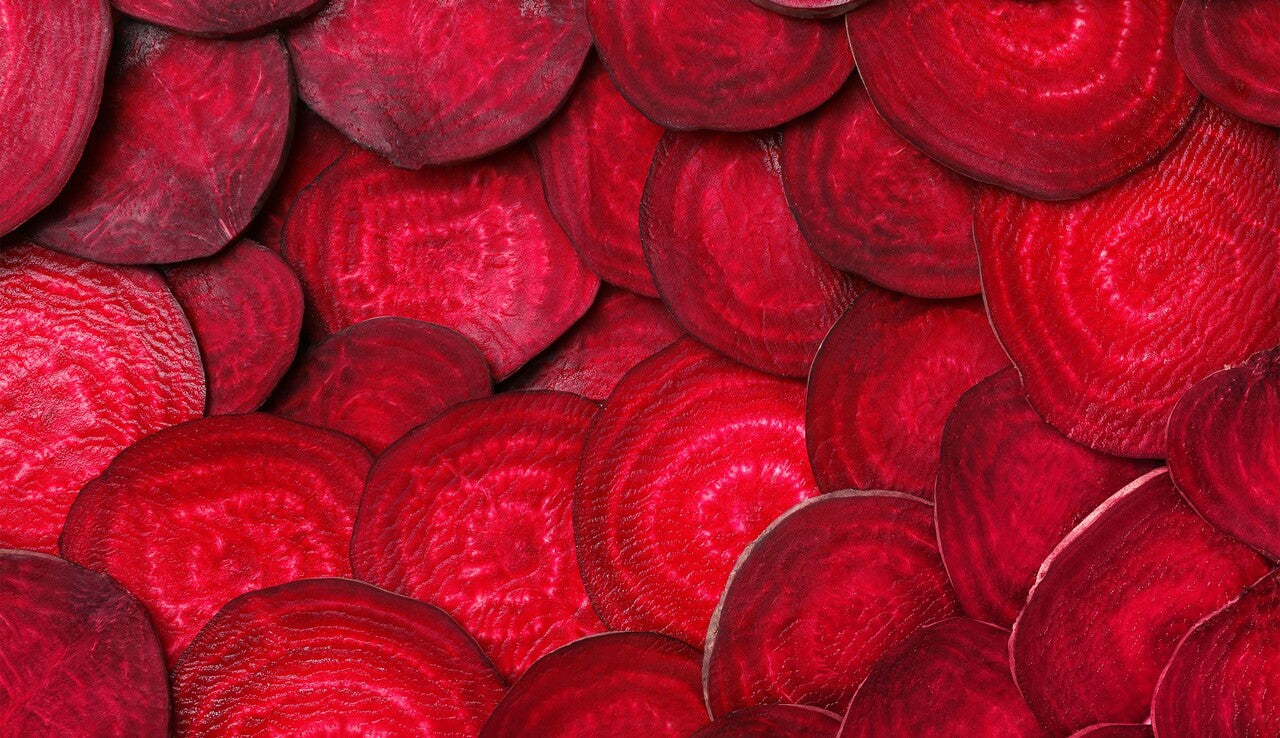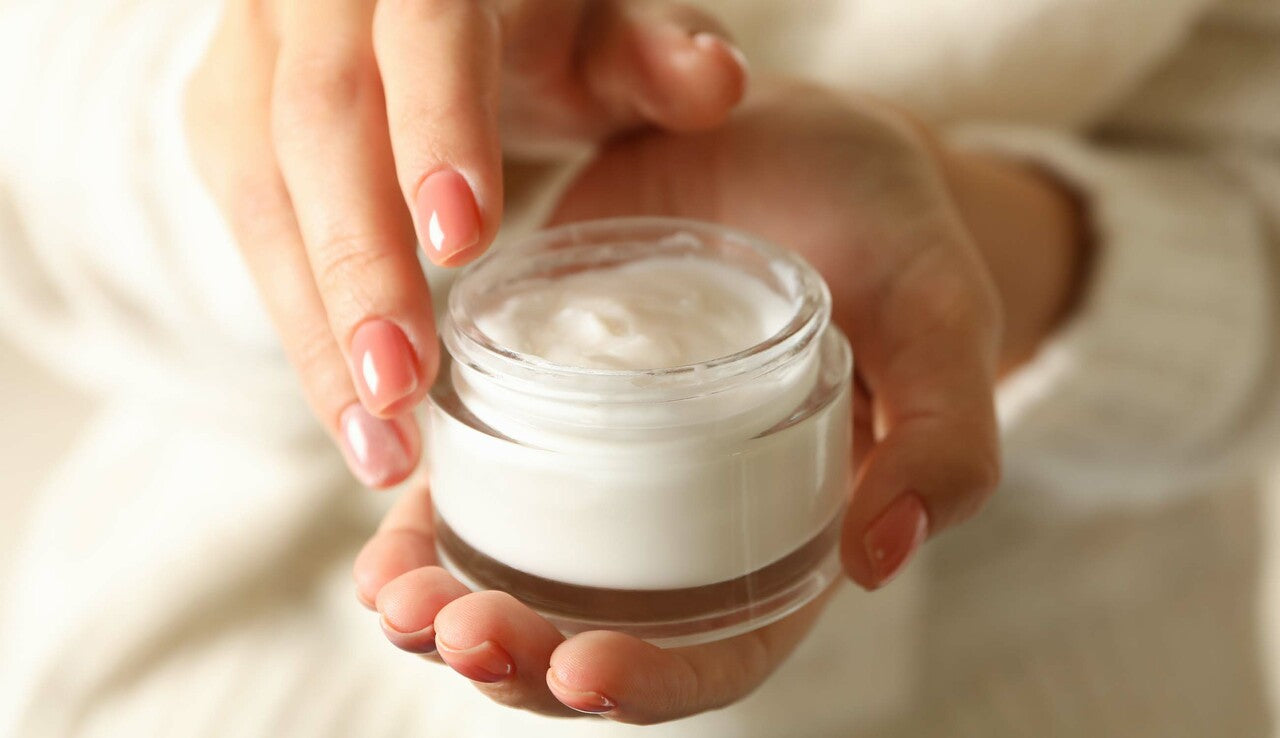Getting to know allantoin and whether it’s right for your skin
Written by: 100% PURE®
There are two types of people – those who feverishly read and research their skin care ingredients…and everyone else. We’re sure it’s not much of a mystery which bucket we fall into, but despite our never-ending skin care obsession, there are a few common ingredients that we aren’t as familiar with.
Today’s spotlight ingredient, allantoin (pronounced uh-lan-toh-in), is one that’s often included in serums and moisturizers. But it’s hardly ever talked about! Let’s uncover how this extract is making all the difference in skin care products.

Allantoin is most commonly sourced from uric acid, a constituent of urine (eek!). More specifically, mass-produced products like toothpaste, shampoo, and moisturizers will often source allantoin from cows – but we don’t want to guess how!
But, since we prefer vegan ingredients, we’re excited to share more about the origins of plant-based allantoin. Allantoin can be commonly sourced from the comfrey plant; however, it’s also found in other plants such as chamomile, beets, and wheat sprouts.
The comfrey flowering patch is native to Europe and Asia. The shrubs can become very full, with white, blue, pink, or purple blooms and long, textured leaves like overgrown mint. Growing several feet tall, the herb has historically been used for its medicinal and healing properties.
Uses of allantoin predate the modern calendar, with documented uses as far back as 400 B.C. Traditionally cultivated into a tisane or tea for internal ailments like bronchitis and excessive bleeding, early skin care lovers soon discovered the topical benefits of allantoin.
Allantoin is known to support the development of new skin cells and healthy skin. In ancient times, allantoin was included in poultices and skin applications for its moisturizing and healing properties.
Modern-day uses of allantoin are actually much more common than we think! Allantoin as an extract, or synthetic allantoin (a stable alternative) feature in cosmetics to play several roles:
-
Stabilizing
A natural leveler, allantoin often helps to stabilize cosmetic formulas. This typically increases the effectiveness of the product, helping it to better penetrate the skin or hair shaft.
-
Soothing
As we mentioned earlier, allantoin started off as a cosmetic agent to aid in healing skin symptoms such as swelling and inflammation. When added to skin care, it can assist in calming and de-puffing – especially that troublesome skin around the eyes. It’s generally safe for even sensitive skin types!
-
Exfoliating
One of the most unique qualities of allantoin is its ability to naturally assist with the skin cell turnover process. It supports the shedding of old, dull skin. In its place, we see the formation of fresher skin that’s softer, smoother, and more glowy.

-
Moisturizing
One of the more unique elements about this mysterious product is how it’s both a natural exfoliant and a potent moisturizer. Allantoin has been shown to enhance the water content of the skin. That makes it a natural humectant and useful addition to any hydrating skin care product.
-
Smoothing
Because of allantoin’s exfoliating and hydrating properties, it often supports smoother, softer, and more youthful-looking skin.
Allantoin sounds like a dream, but just like the rest of us, it has its flaws. Despite the fact that it is generally gentle and safe for sensitive skin, allantoin made from comfrey extract specifically can be an allergen.
It should be noted that there isn’t always transparency in the formulation or sourcing of the ingredient, so sensitive and reactive skin types should do some research and a patch test for any products that include allantoin as an ingredient.
With that said, people with skin types that are usually a bit reluctant to try new products shouldn’t fear allantoin. Because it is a natural, non-irritating exfoliant that typically leaves the skin more hydrated than it started, allantoin is often compatible with dry and acne-prone skin types and even inflamed skin.
As with any new product, take it slow when introducing it to your routine. Take note of any changes in your skin’s behavior that seem to cause irritation, discomfort, or adverse effects.
Allantoin is a chemical compound often sourced as an extract from flora such as chamomile, wheat, and the comfrey plant.
While allantoin is often naturally sourced, synthetic versions of this ingredient are becoming more common in skin care.
Allantoin is naturally healing and can help with soothing puffiness and healing wounds.
Allantoin is also a natural exfoliant. It helps to shed dead skin. While doing so, it promotes the production of rejuvenated skin.
Wonderfully hydrating, allantoin helps the skin to absorb and better retain water content in the outer layers of the skin. This results in more noticeable hydration and longer-lasting skin moisture.
As allantoin is an anti-inflammatory compound, it is typically compatible with dry skin, acne-prone skin, and sensitive skin types. However, those with known plant allergies should do a trial run of allantoin-infused beauty products.
Typically seen in moisturizers, serums, and a variety of hair care products, allantoin can be used night and day without the risk of sun sensitivity.
- Tags: Ingredients, January-2022, Skin Care
We carefully hand-select products based on strict purity standards, and only recommend products we feel meet this criteria. 100% PURE™ may earn a small commission for products purchased through affiliate links.
The information in this article is for educational use, and not intended to substitute professional medical advice, diagnosis, or treatment and should not be used as such.











